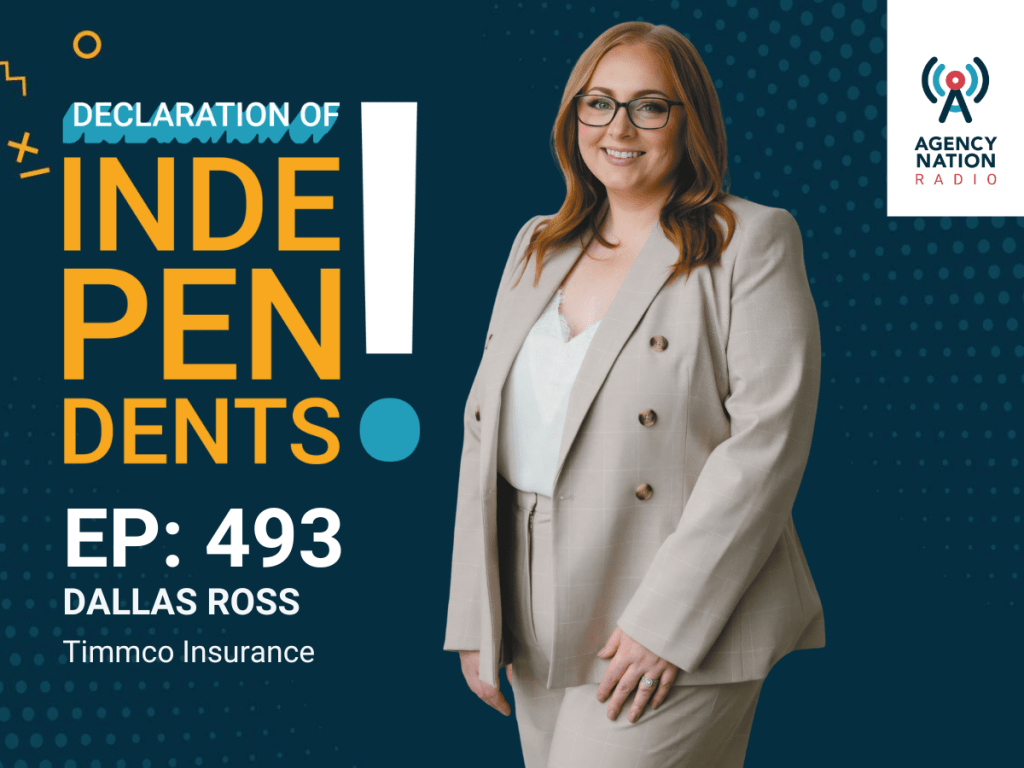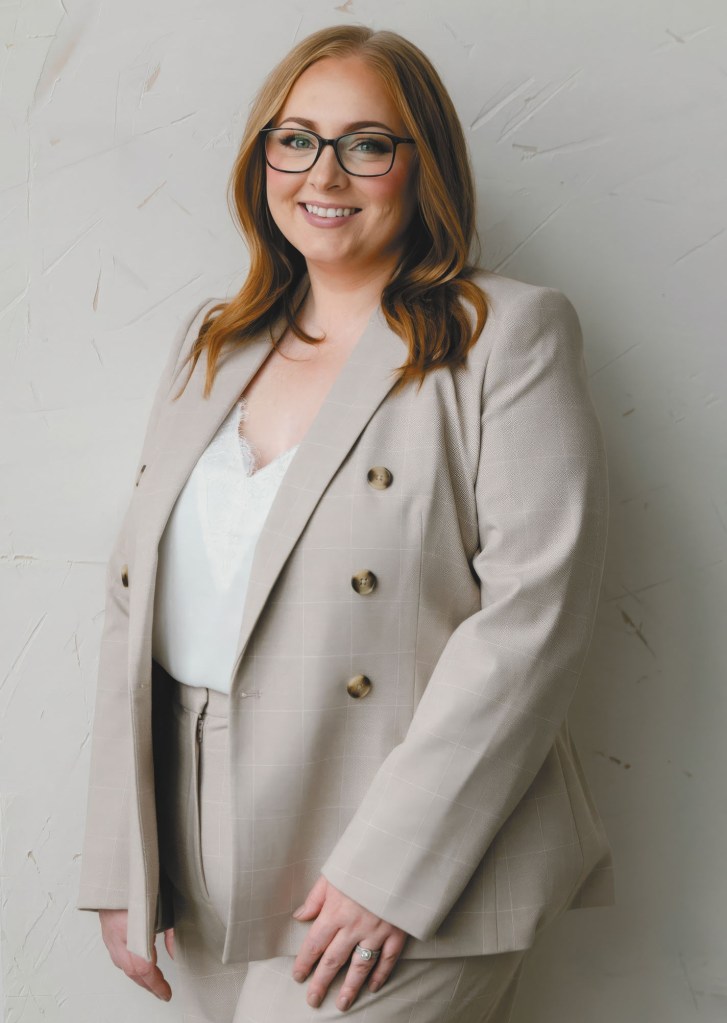7 Sources for Hiring Agency Talent

By: Peter van Aartrijk
Independent agency owners are notorious for haphazard hiring habits.
Some offer jobs to waiters who provided outstanding service and engaged the table in a fun conversation. Others hire the fresh-faced salesman stopping by with brochures about ink-efficient copiers. And did you hear the one about the young DHL Express guy with a delivery to a New Jersey agency? Yes, it’s a true story, and surprise: He turned out to be a pretty good producer.
But leaving it to chance encounters might not be a good plan for organic growth. “Every firm needs to come up with a strategy to build its own unique pipeline of talent,” says Kevin Stipe, partner at Reagan Consulting, which works with the Big “I” on Best Practices research.
But creating a producer pipeline is a daunting task, says Scott Rogers, president of Glatfelter Agency in York, Pennsylvania: “I feel like a blind man trying to feel his way through this process. And right when I find a path, it changes a little bit. There isn’t one size fits all.”
In the same boat? Start investing more time and resources into these seven sources for new agency talent:
Advertising
Some agencies run continuous ads on websites like LinkedIn or Craigslist.
“We run an ad all the time,” Rogers says. “We get resumes regularly. If we find someone good, we start them as an account manager [a service role] to get rooted in the fundamentals of the system.”
Stephen Spencer, president of Insurance Associates, Rockville, Maryland, says his manager uses LinkedIn to find talent: “He researches like crazy and calls people.”
Acquisition
Spencer says buying agencies is a good strategy for mining producers. Finding small agencies to purchase requires effort, Spencer says, “but they’re out there.”
Insurance Associates, which specializes in construction risks, bought a surety agency that came with a 30-year-old producer. “The young guy is good,” Spencer says. “We can cross-sell a lot of his clients on benefits and p-c.”
Insurance Associates is now looking to buy a book of business from a large broker. “A couple of these big brokers want to shed their small accounts, under $40,000 in revenue, which are bread-and-butter accounts for us. We want to buy the book and the producers,” Spencer says. “We do have to put out a few bucks for a few years, but if everything goes according to plan, the math works and it’s a win-win.”
But Matthew Ostrander, president, vice president, corporate marketing, of LassiterWare in Leesburg, Florida, isn’t in love with the strategy of buying books from established producers. “We’ve found there are a lot of retreads out there,” he explains. “If an agent is looking to make a move without a significant book of business, chances are they’re not who we’re looking for.”
Established Producers
“We have a proactive and reactive approach to the pipeline,” says Kim Navagh, director of people strategy and recruitment for Lawley in Buffalo, New York, which has 350 employees, including 65 producers.
Lawley now hires 40-50 employees a year, and one-third of them come from insurance. “I’m always willing to talk with good producers with experience,” Navagh says. While Lawley does consider a producer’s book of business, “I’m a recruiter who looks at fit. We have a commitment to make sure they are a cultural fit and not just a book of business.”
Ostrander says LassiterWare finds success hiring producers who have worked in a few different shops, know what they want and understand the industry. The agency aims “to identify them before someone else hires them and compensates them properly,” he says, noting the agency requires proof of business written, such as W2s. “They’re writing a lot of business.”
The sweet spot, adds Jon Miles, president and COO of EHD of Lancaster, Pennsylvania, is to find a producer with 10 years’ experience in small commercial who is looking for an agency with more resources and larger accounts. EHD tried hiring established producers with 20 years’ experience, but found “they’re too invested in other firms and too set in their ways,” he says.
EHD—with four offices and 104 employees, including 32 producers—has hired 12 producers in the last several years. Nine are still on board. “Investing in newer and younger producers is something we have to do—there aren’t enough producers out there,” Miles says. “For us, it’s either grow or die.”
But “make sure you know the target that best fits you—the kind of producer who’s aligned with your culture and goals,” Miles advises.
When an established producer approaches 43-employee Glatfelter Agency, Rogers asks, “Why is it you’re leaving the current operation?”
“Often, the response is, ‘The owner doesn’t appreciate me, and I’m not getting paid what I’m worth,’” Rogers says. “But I say, ‘I’m not going to pay you a whole lot differently.’ They complain just the same with you.”
Niche or B2B Experience
Stipe considers it “unhealthy” that only one in three producer hires originate from outside the insurance industry. But many agency owners are trying to change that tune.
When hiring from outside insurance, Lawley hones in on B2B experience. “They have to understand the sales cycle from cold to warm. The ones who demonstrate that for us in a different field, that’s who we bring in,” Navagh says, adding that those hires have come from such diverse sources as payroll and global tech companies.
For organic growth, Rogers prefers “go-getter” candidates with no insurance experience but three to five years of selling to C-level professionals. “We hired a 27-year-old who was in a dying industry,” says Rogers, who also prefers hiring service personnel from other industries. “The insurance industry was a real option for him.”
For new producers, Ostrander finds the greatest success with “those who have proven B2B sales ability—without necessarily having the insurance component.”
LassiterWare, a 100-employee firm with six locations around central Florida, looks for candidates “who are dialed in to the community,” Ostrander says. “We’re looking that X factor, someone who is in civic orgs, who is a mover and shaker. We can always teach them the insurance business.”
Spencer says his best producer came from a bank. But his agency “talked with four or five bankers in the last six months, and they’re all afraid to make the switch—even though we show them the success of the banker we have here,” he says.
Miles recommends people with B2B sales experience who want to move into financial services. They “already have sales experience and know how to get knocked down and get back up,” he says. For example, “one guy was in building material sales and worked well in our construction work.”
Recruiters
EHD interviewed a number of recruiters, and put two on retainer with a goal of one or two recruits per year. On retainer, “they’re more likely working for you versus the recruit,” Miles explains. “Our needs are at the top of their piles. They’re familiar with our culture, the producer types we’re looking for and our compensation system.”
EHD also engages a third recruiter who specializes in construction producers. In recent months, they helped Miles land a quality surety producer. And yet another recruiter vets B2B salespeople from other industries for consideration for EHD’s various practice groups. One new producer, for example, sold health services to nursing homes.
Referrals
Some agencies offer bonuses to staff for referring potential employees who end up hired. Insurance Associates pays a $2,500 finder’s fee to employees who successfully refer new staff, Spencer says: half upon hiring, and the rest after six months. “We remind people all the time that we’re looking,” he says.
Lawley has a “fairly healthy” referral program, Navagh says. An account manager referred a top producer who worked with him at another firm. Employees also meet potential candidates at continuing education classes. Other employee referrals involve friends and family, says Navagh, who counted 35 such referrals in a recent month. “It’s a good problem to have,” she says.
Networking Events
EHD hosts two young professional networking events a year, inviting people through such sources as LinkedIn to venues like the local country club. “We talk about our agency and how there are 400 different jobs in insurance,” Miles says. “Our own young people chat us up. It’s been high energy.”
The events “plant seeds like a farmer,” Miles says, citing two recent recruits from Enterprise Rent-a-Car and Zywave. “Even if we don’t hire people, our young people feel it helps them feel invested in the agency.”
Peter van Aartrijk is an IA contributor.
Set a StrategyKevin Stipe, partner at Reagan Consulting, says an agency owner should consider the age and demographics of the existing producer force and the importance of spanning age groups—both for sales effectiveness and to ensure enough equity buyers in each age category. Next, says Stipe, ask these questions:
|










